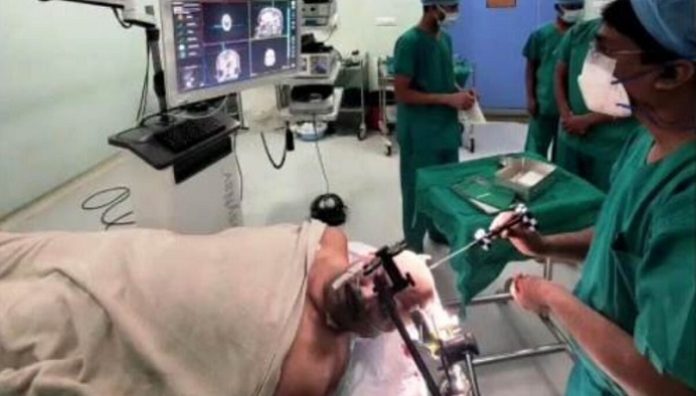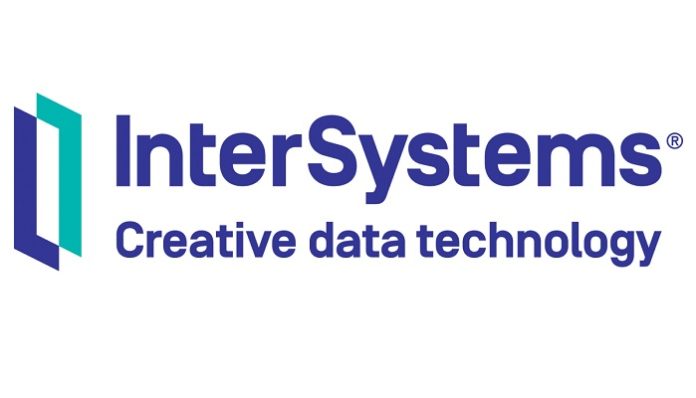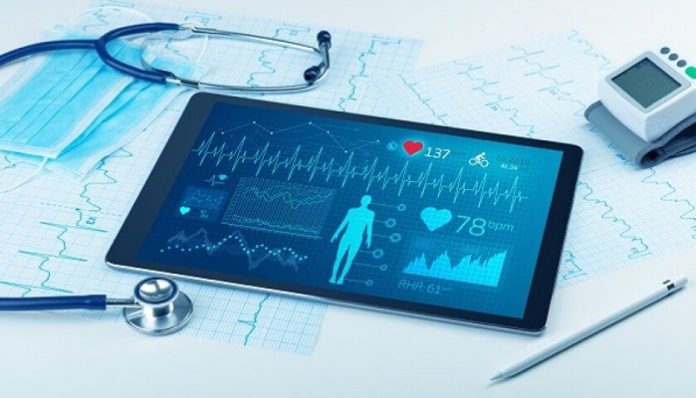If you’ve been feeling drained of energy and motivation lately, the good news is that it doesn’t have to be this way. With the right knowledge and strategies, you can tackle fatigue with ease – allowing you to make the most out of your day. In this blog post, we’ll show you exactly how to do so: from identifying common sources of fatigue and lack of energy to creating routines that maximize productivity during the day. Put on a pot of coffee (or tea!) if need be – by the end of this guide, you’ll feel more energized than ever!
Try Modafinil or caffeine
One of the first (and perhaps most obvious) solutions to fatigue is taking caffeine. Whether you prefer a classic cup of coffee or a robust black tea, caffeine can help jumpstart your day and give you that much-needed boost in energy. If you’re not a fan of these beverages, consider trying Modafinil – a prescription medication used to treat sleep disorders that has also gained popularity as a cognitive enhancer. The folks at https://buymoda.net/ note that you can get Modafinil online and have it delivered straight to your door. If you do choose to go this route, be sure to consult with your doctor first and follow all dosage instructions carefully.
Learn to recognize the signs of fatigue and lack of energy
Do you find yourself feeling tired throughout the day, struggling to focus or complete tasks? These could be signs of fatigue and lack of energy. It’s important to recognize these symptoms in order to take the proper steps towards feeling better physically and mentally. Poor sleep, stress, and an unhealthy diet are just a few factors that can lead to these feelings of exhaustion. By identifying the root cause, you can work towards a solution that will leave you feeling more energized and focused. Don’t ignore the signs, listen to your body and take action towards improving your overall well-being.
Get enough sleep and rest
Getting enough sleep and rest is crucial to living a healthy and fulfilling life. When we prioritize rest, we give our body and mind the chance to fully recharge and replenish. Sleep plays a vital role in repairing and rejuvenating our cells and tissues, which can lead to improved immune function and a reduced risk of chronic illnesses such as diabetes and heart disease. Additionally, rest is essential for mental health and cognitive performance. It allows our brains to consolidate memories, process emotions, and make connections. Make sure to prioritize quality sleep and rest in your daily routine. Fatigue and lack of energy can often be a result of not getting enough rest.
Break big tasks into smaller, more manageable ones
It’s easy to feel overwhelmed when tackling a large project or task. This can often lead to fatigue and lack of energy, as our minds and bodies are working overtime to keep up. To combat this, try breaking down big tasks into smaller, more manageable ones. This not only helps you stay organized and focused but also gives you a sense of accomplishment as you complete each mini-task. By setting achievable goals, you can also avoid burnout and maintain a consistent level of energy throughout the day.
Take regular breaks throughout the day
Do you ever feel like you’re constantly on the go, with no time to rest or recharge? This can quickly lead to burnout and fatigue. To combat this, make sure to take regular breaks throughout your day – both physically and mentally. Step away from your desk for a quick walk, do some stretches or deep breathing exercises, or simply close your eyes and relax for a few minutes. When we give ourselves the chance to recharge, our energy levels and productivity increase significantly. Don’t underestimate the power of taking breaks – they can make a big difference in how you feel throughout the day.
Talk to your doctor about possible causes of fatigue and energy levels
Feeling constantly tired and drained can really take a toll on your overall well-being. If you’re experiencing low energy levels, it’s important to talk to your doctor about what could be causing it. There are a number of factors that can contribute to fatigue, ranging from underlying medical conditions to lifestyle habits. Your doctor can help you identify the root cause and work with you to develop a plan to boost your energy levels and help you feel your best. Don’t let low energy levels hold you back – start the conversation with your doctor today.
It is vital for our health and well-being to have enough energy and take care of ourselves. By following the tips in this blog post, you can ensure that you are doing all you can to keep your energy levels high and give yourself the best possible chance to maintain a healthy mental and physical state. Start today by looking out for the signs of fatigue and seeking help from healthcare professionals if necessary. From getting adequate sleep, eating a nutritious diet, exercising regularly, breaking tasks into smaller chunks, taking regular breaks throughout the day, and practicing mindfulness techniques – it’s within your power to prioritize your energy levels. So don’t wait any longer – start implementing these steps now to achieve greater balance in both mind and body!






























